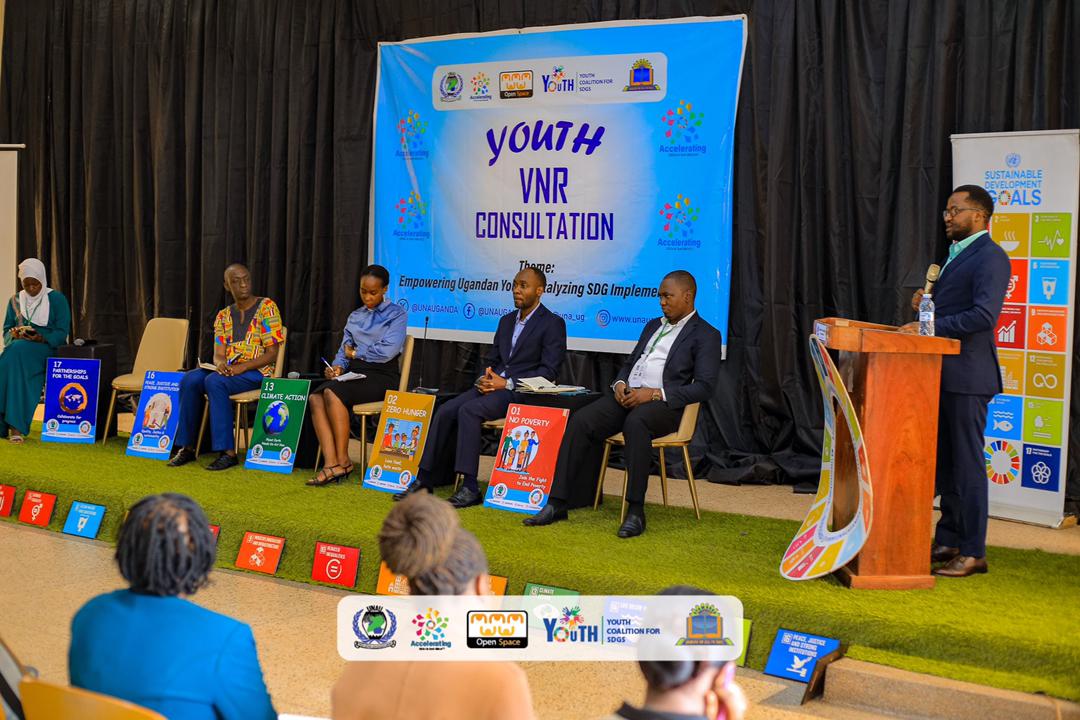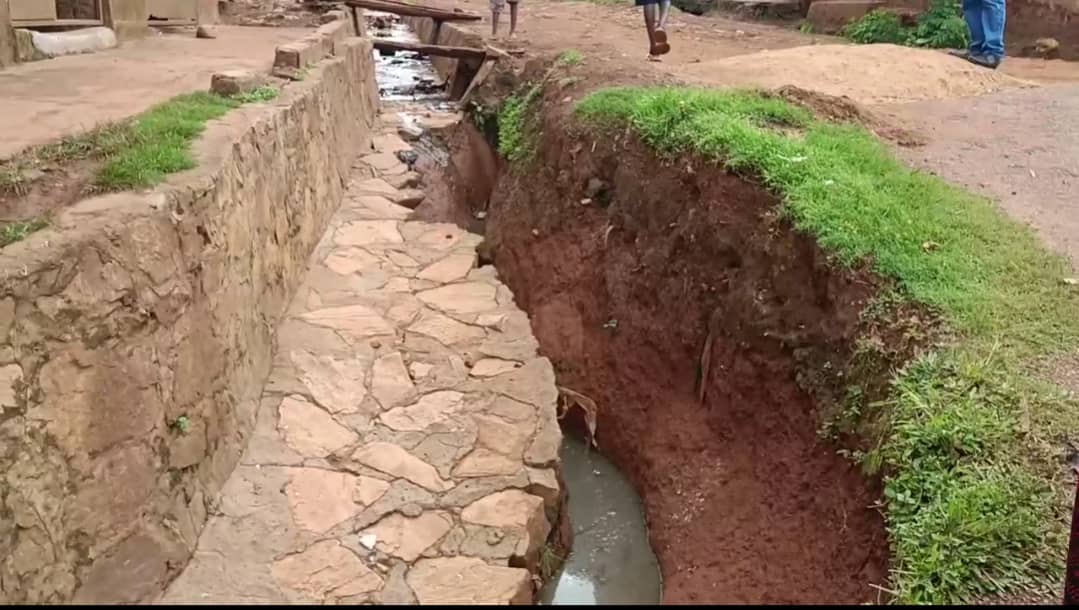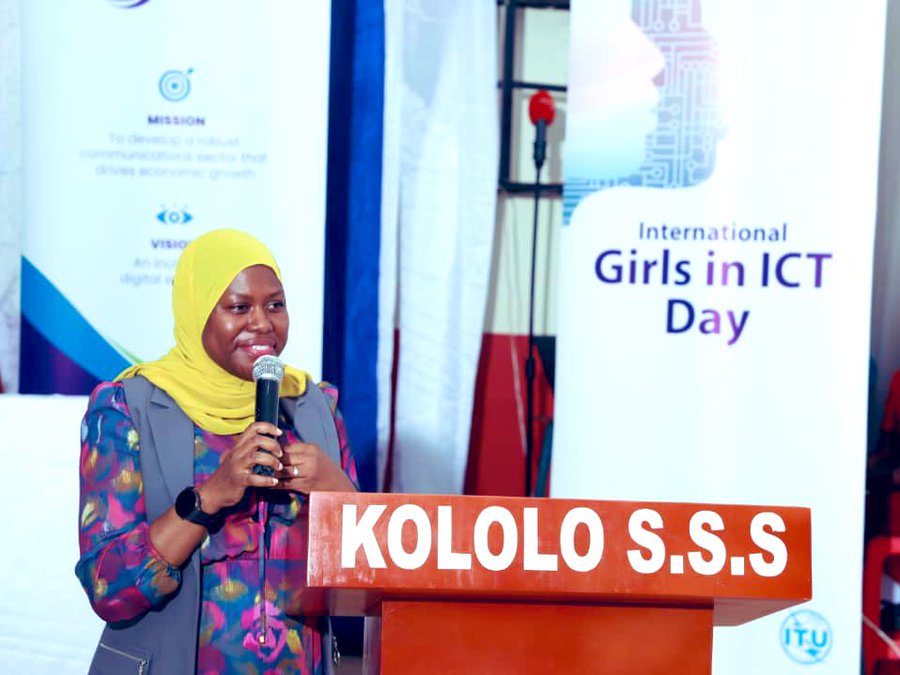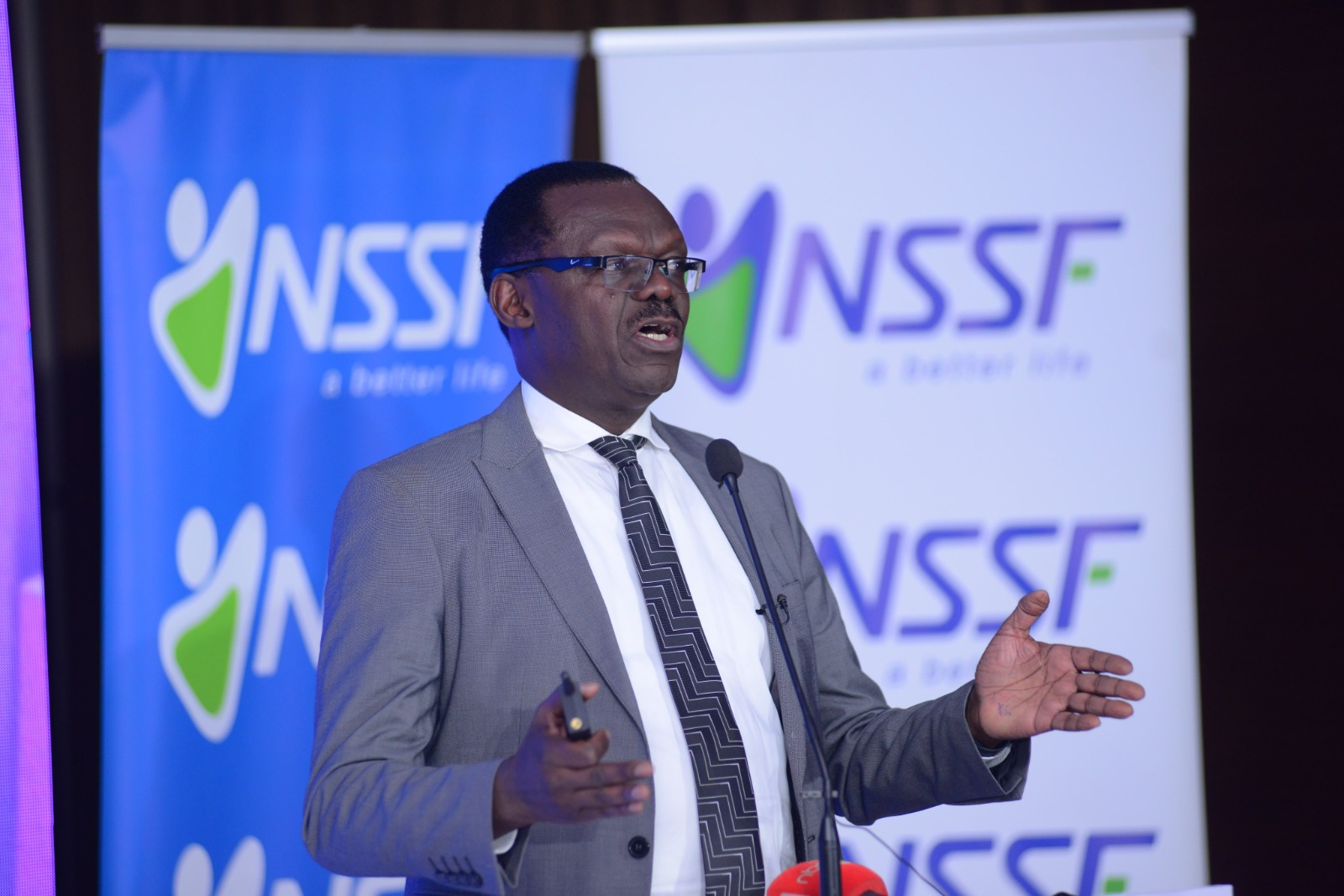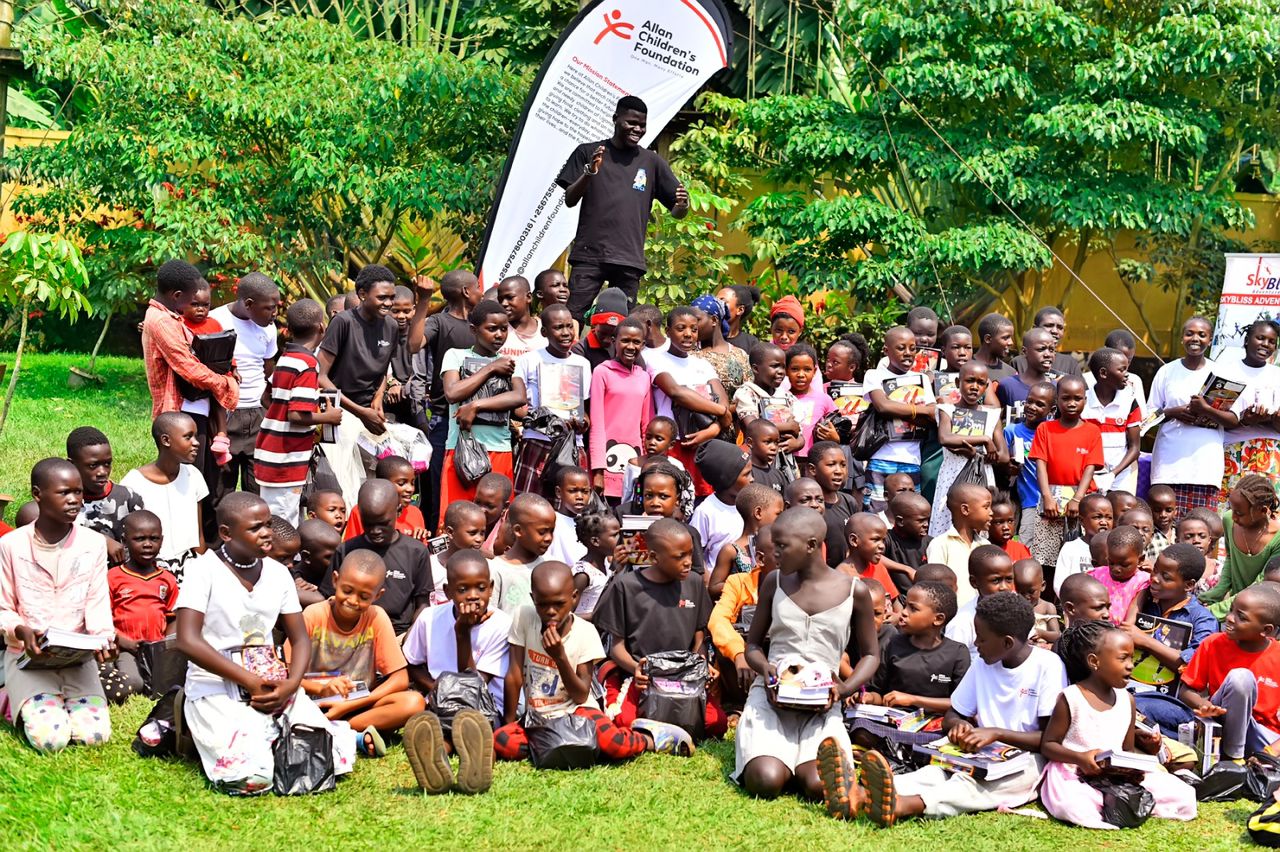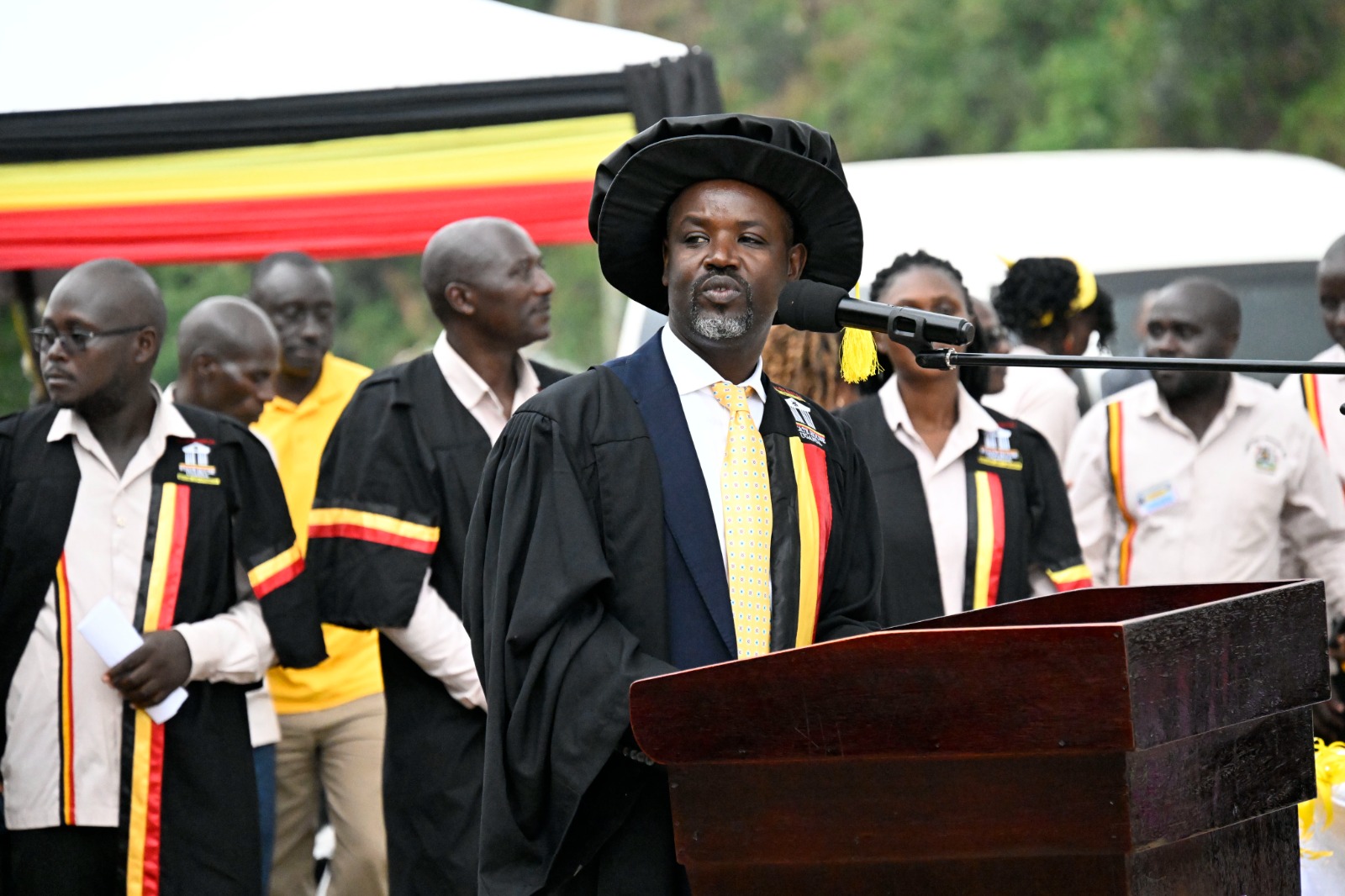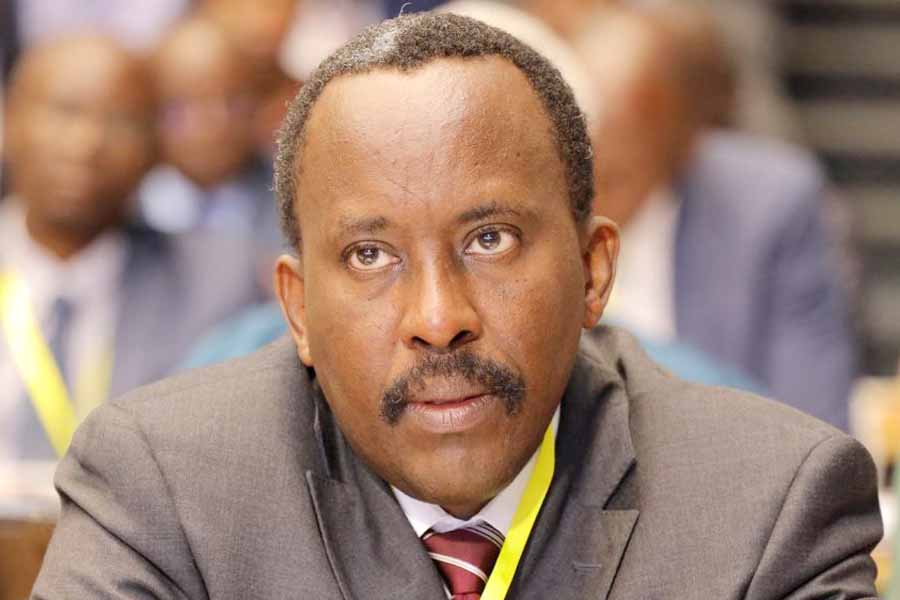UEGCL gets shs2.7bn from Swedish gov't for floating solar energy project
Government through the Uganda Electricity Generation Company Limited(UEGCL) has received a grant of six million Swedish Krona(approximately shs2.5bliion) from Swedfund(Swedish government) to undertake studies for floating solar development in Uganda.
The 21-month study starting next year will see if it is possible to use floating solar panels on either of the reservoirs at the hydropower plants of Nalubaale and Kiira, Bujagali, Isimba or Karuma following a Memorandum of Understanding between the two government to support the Ugandan energy sector.
Keep Reading
“I hope that this study can lead to the development of a viable floating solar project here in Uganda, so that Uganda can continue to pave the way for sustainable renewable energy technologies in both the region and the continent,” said the Swedish Ambassador to Uganda, Maria Håkansson.
She noted that the idea is about identifying joint priority projects executed by Swedish companies using Swedish financing but at the same time ensuring capacity building of the Ugandan staff.
The UEGCL Chief Executive Officer, Dr. Eng. Harrison E. Mutikanga welcomed the grant that he said will help government meet the electricity generation targets aimed at ensuring the socio-economic transformation of the country.
“Anywhere you have a water reservoir you can utilize this technology. Our idea is that once we have finished the study, we should be able to take this to our hydropower facilities in West Nile. Unlike the Nile, River Nyagak dries up during the dry season and that’s where we would have the maximum potential for solar energy,”Mutikanga said.
He said they are looking at a hybrid of power at River Nyagak with hydropower during the rainy season and solar power during the dry season.
“In the rainy season you use alot of hydropower and when dry season comes you switch to solar energy,” he noted.
About floating solar
Floating solar is solar power production installation mounted on a structure that floats on a body of water, typically an artificial basin or a lake.
This technology has had a rapid growth on the renewable energy market since 2016.
Floating solar energy plants don’t take up any land, except the limited surfaces necessary for electric cabinet and grid connections and this way, they avoid land consumption.
It also helps in saving water and its quality since the partial coverage of basins can help reduce water evaporation.



